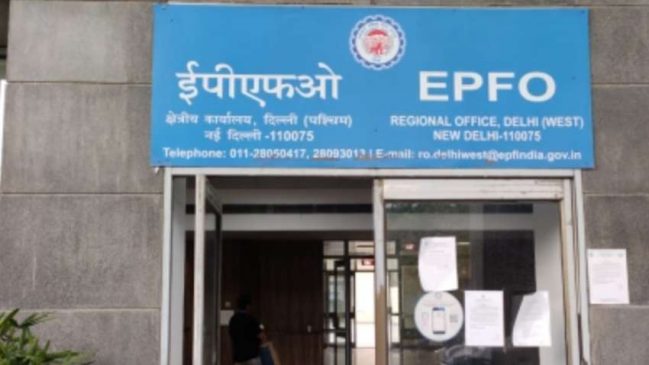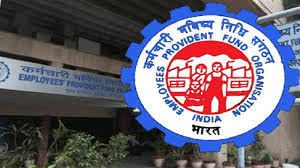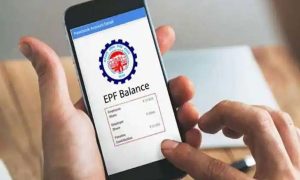Employees Provident Fund Organization, a statutory organisation in India, manages the Employee Provident Fund, which provides financial security for Indian citizens working in the organised sector. The Provident Fund is an employer-employee contribution-based savings programme establishing a financial reserve to cover post-retirement expenses. Subject to specific Provident Fund withdrawal regulations, the employee may access or withdraw the corpus created.
Provident Fund withdrawal rules:
After an individual’s retirement, PF is meant to be withdrawn. However, in certain conditions individuals can withdraw a partial amount from their PF account before its maturity. Here are some conditions that allow an individual to prematurely withdraw the sum.
Read More: How to claim shares and dividends from Investors Education and Protection Fund (IEPF)
1. In case of unemployment
If a person with a PF account becomes unemployed and has been out of work for more than one month, they may take up to 75% of the entire accumulated funds. If the unemployed time lasts longer than two months, the account holder may additionally withdraw the final 25% under this clause.
2. Paying for higher studies
From the total employees’ contribution to EPF, individuals can withdraw 50% from their accounts to pay for further studies or to bear the education cost of children after class 10. After making contributions to the EPF account for a minimum of 7 years, the money will be transferable.
3. Marriage
After recent development, it has come to light that individuals can withdraw 50% of employees’ shares to pay for marriage expenses. The bride and groom must be either the person in question or the account holder’s son, daughter, brother, or sister. Nevertheless, this provision cannot be used until 7 years of PF contributions have been made.
4. For people with disabilities
Holders of specially-abled accounts are permitted to withdraw 6 months’ worth of basic pay and dearness allowance, or employee share with interest (whichever is less), in accordance with the PF withdrawal regulations 2023, in order to cover the cost of equipment. This choice was intended to lessen the potential financial hardship people would face while purchasing pricey equipment.
5. Medical needs
A PF or EPF account holder may also take a withdrawal from their EPF balance to cover the cost of urgent medical care for a number of ailments. Both self-use and paying for the treatment of immediate family members are permitted at this facility. One may withdraw the lesser of six months’ basic pay, a dearness allowance, or the employee share plus interest.
Read More: EPFO: EPF members can easily withdraw balance for marriage, keep this condition in mind
6. Settle outstanding debt
People may withdraw their complete employee and employer contributions plus interest, or 36 months of their basic salary plus dearness allowance, in order to pay their house loan EMIs. Nevertheless, this option is only accessible after making EPF account contributions for at least 10 years.
7. To purchase a house or a piece of land
The account holder may make an early withdrawal in accordance with PF withdrawal regulations in order to buy vacant land or prefabricated homes.
8. For home renovation
The new Provident Fund regulations include a provision allowing withdrawals for home renovations up to the lesser of the employee’s share with interest and 12 months’ basic pay + Dearness Allowance. The residential property may be owned by the holder of the PF account, by his or her spouse, or by both of them. An individual can avail of this facility 2 times, once after 5 years of completing the residential property, and after 10 years can withdraw the PF amount for the first time. Beyond the age of 54 or one years before retirement, account holders are also permitted to withdraw up to 90% of the accrued funds under the revised EPF withdrawal criteria.



































